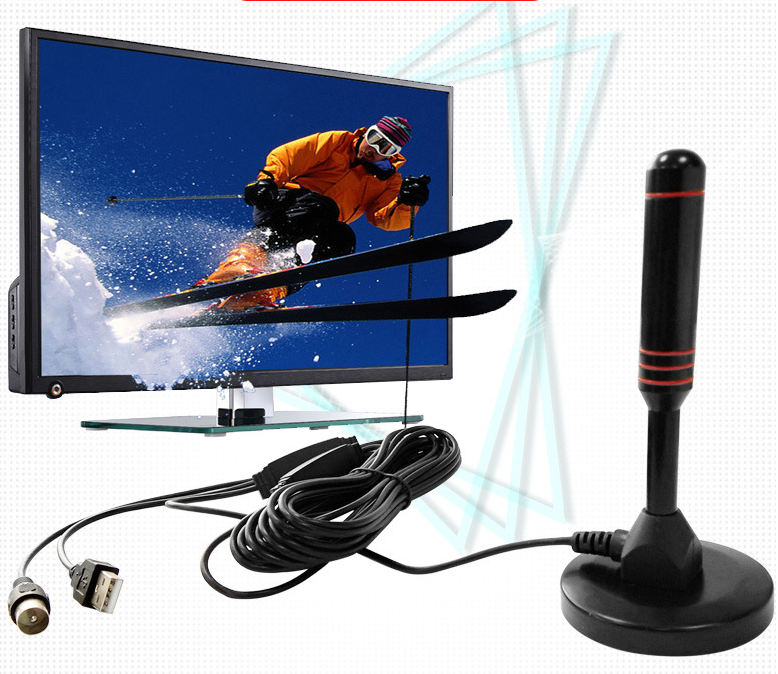What is ground wave television
Surface wave television, also known as ground wave television, is a broadcasting method that utilizes the Earth's natural waveguide to transmit signals. Surface waves are low-frequency electromagnetic waves that propagate along the Earth's surface and follow its curvature. This technology has been used for more than half a century to deliver television signals to households around the world.

Origins of Surface Wave Television
The origins of surface wave television can be traced back to the early 20th century, when radio broadcasting was in its infancy. Engineers quickly discovered that low-frequency radio waves could propagate along the Earth's surface, and this led to the development of long-range communication systems known as \"ground wave\" systems. In 1931, the BBC began using a ground wave system to broadcast television signals to the United Kingdom.
How Surface Waves Work
Surface waves are created by the electric and magnetic fields around a transmitter. As the wavelengths of these waves are so long (in the range of hundreds or thousands of meters), they are able to follow the curvature of the Earth's surface. This is why television signals transmitted by surface waves can be received from very long distances, sometimes reaching several hundred kilometers from the transmitter. In addition to transmitting the television signal, ground waves can also carry audio signals for radio stations.
Advantages of Surface Wave Television
Surface wave transmission has several advantages over other forms of broadcasting. Due to the low frequency of the waves, they are not affected by atmospheric conditions or obstructions such as hills or trees. This makes them very reliable and able to provide consistent reception in a wide area. Surface wave transmission also requires less power compared to other broadcast methods, making it more energy-efficient and less expensive for broadcasters.
Disadvantages of Surface Wave Television
While surface wave transmission has many advantages, it also has some disadvantages. Due to the low frequency of the waves, they are susceptible to interference from man-made sources such as power lines and electrical appliances. Additionally, ground wave transmission is limited by the available bandwidth, which can cause lower image and sound quality compared to other broadcast methods.
Future of Surface Wave Television
In recent years, surface wave television has seen a decline in popularity with the advent of digital television and the Internet. However, it is still used in many areas, especially in rural regions where other forms of broadcasting may not be available. Some broadcasters are also exploring new ways to leverage the advantages of surface wave transmission, such as using higher frequencies to improve image and sound quality.
Conclusion
Surface wave television is a broadcasting method that uses natural waveguides to transmit signals. This technology has been used for more than half a century to deliver television signals to households around the world. While it has many advantages, such as its reliability and energy efficiency, it also has some disadvantages, such as susceptibility to interference and lower image and sound quality. As technology continues to evolve, broadcasters may continue to explore new ways to take advantage of the unique properties of surface waves for television transmission.





